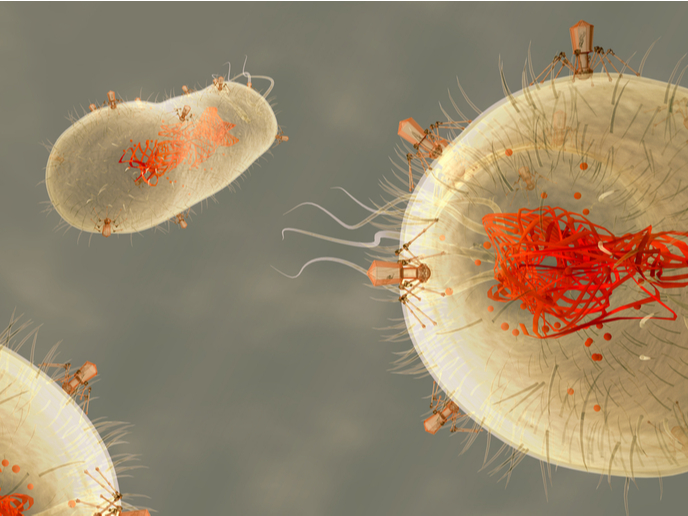Modelling microsporidia epidemics in bumblebees
Bumblebees are industrious pollinators and for that reason they are invaluable to commercial agriculture. Like other insects and animals, they are susceptible to attacks from parasites such as microsporidia. Evidence exists of bumblebee infection by the microsporidia Nosema bombi, but detailed knowledge is lacking. The POLLINATOR PARASITES project sought to shed light on the subject through an intense 3-year research programme. The work included the development of an epidemiological model by the Swiss Federal Institute of Technology Zurich (ETH). The model was constructed based on current knowledge of transmission pathways, infection rates and mortality rates for both the bumblebees and N. bombi. All stages and types of bumblebees were addressed, including larvae, pupae, workers, young queens and males. Attacks from spores can originate both within and outside the colony. Working with the model allowed ETH to investigate how one infected queen can compromise not just her own colony, but neighbouring colonies as well. Alarmingly, such catastrophic results can transpire within a single growing season. The model can also trace the consequences of the epidemic through subsequent seasons. While significant progress was made during POLLINATOR PARASITES, ETH and its partners plan to devote additional time and effort to enhancing the model. The goal is to be able to provide recommendations to reduce the risk of microsporidia infection and thus protect bumblebee populations.







